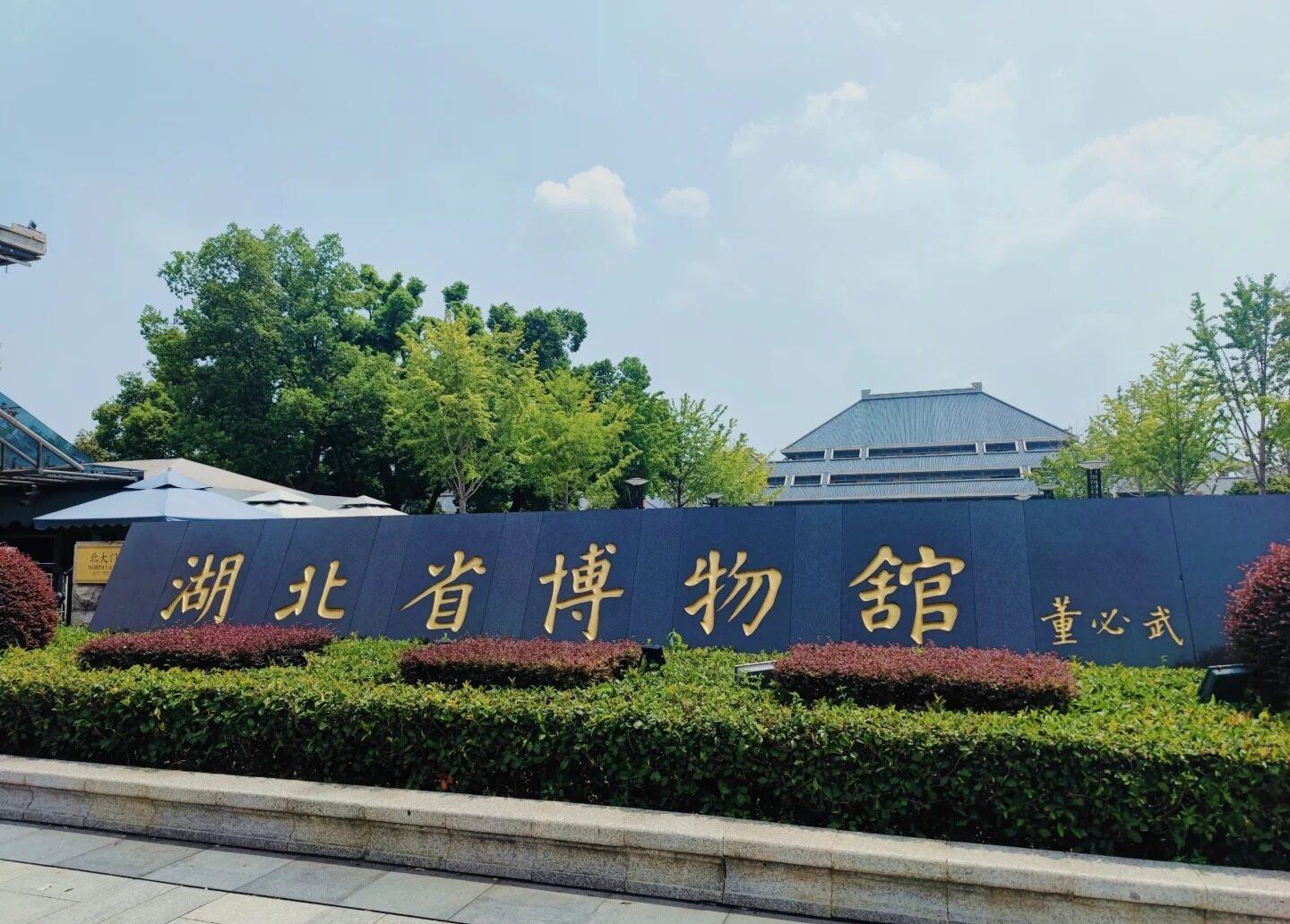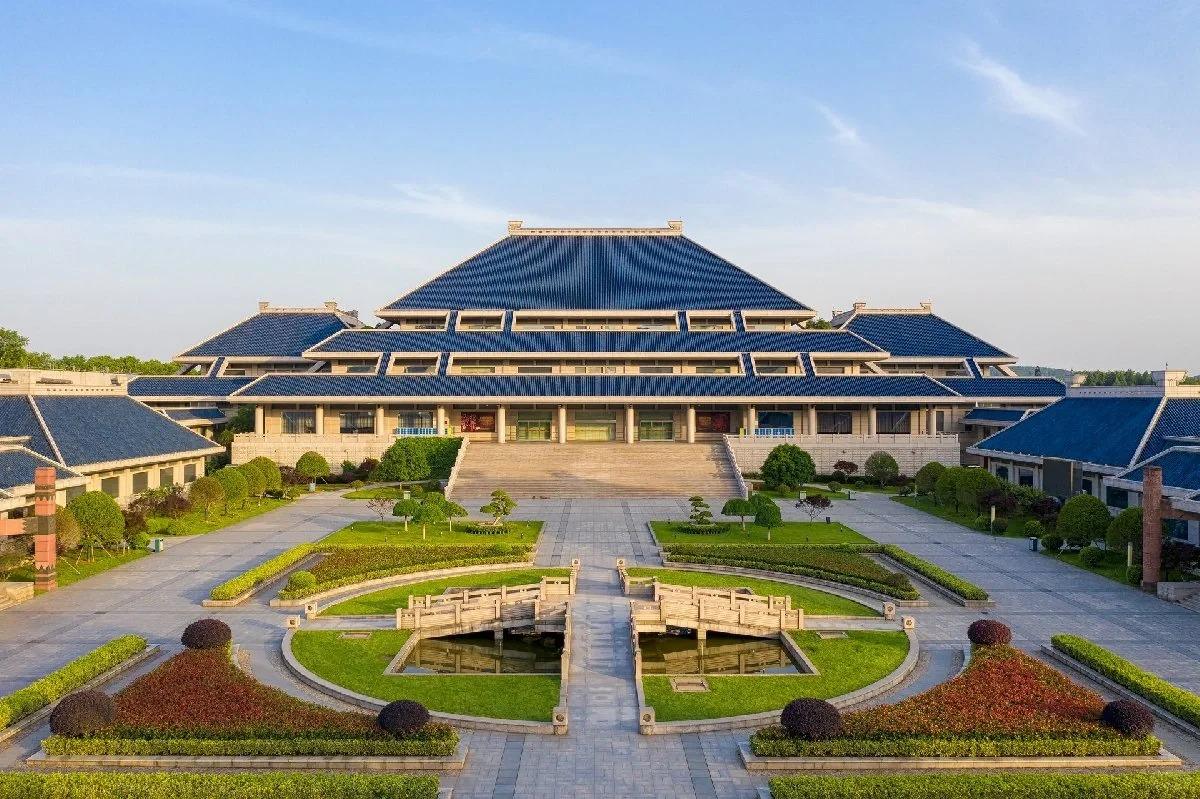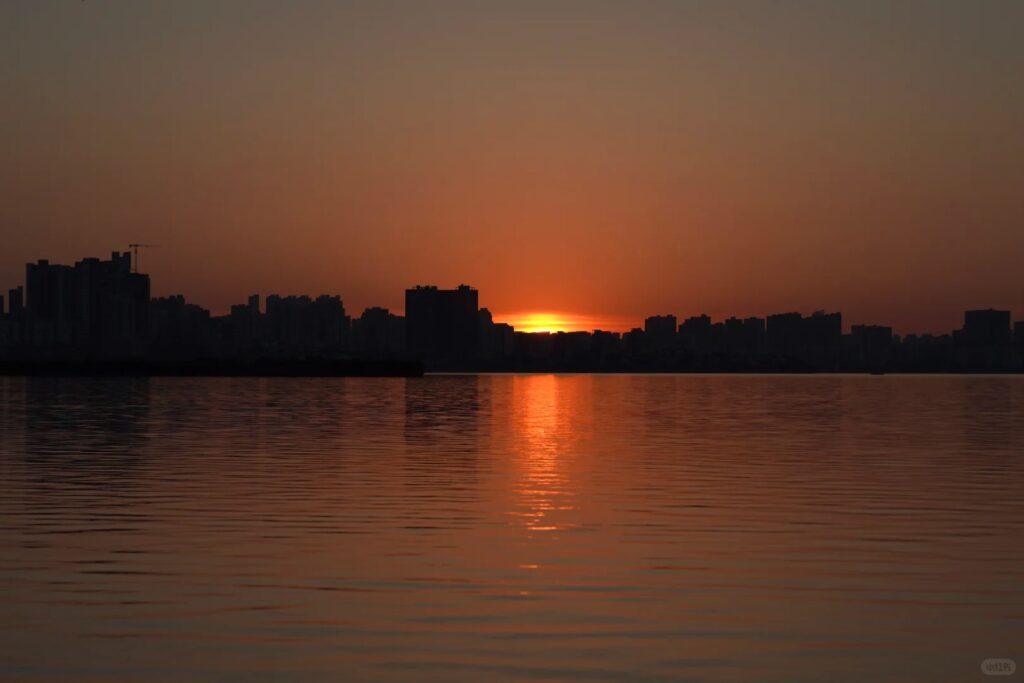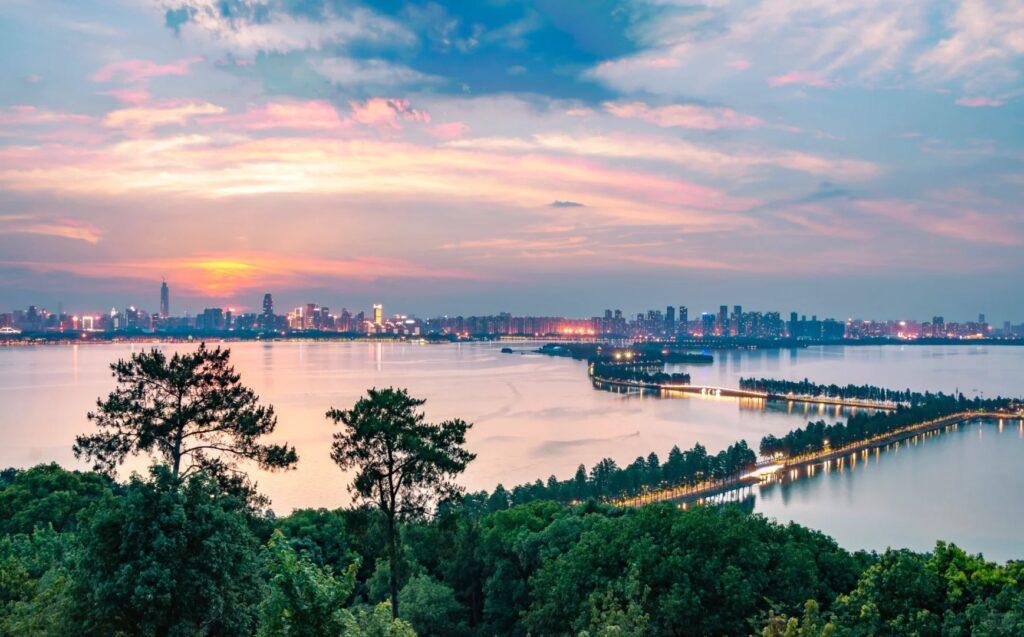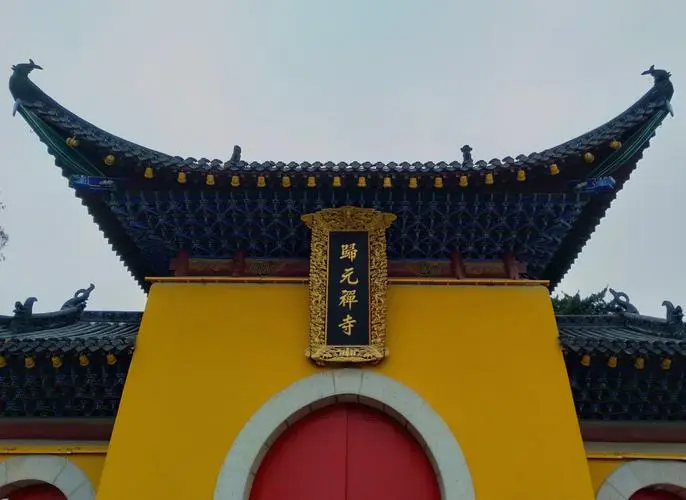Visiting Information
| Information | Details |
|---|---|
| Chinese Name | 湖北省博物馆 (Húběi Shěng Bówùguǎn) |
| Location and Address | 160 Donghu Road, Wuchang District, Wuhan, Hubei Province, China |
| Opening Hours | Tuesday to Sunday: 9:00 AM – 5:00 PM (Last entry at 4:00 PM) Closed on Mondays (except public holidays) |
| Entrance Fee | Free admission (Reservation required) |
| How to Get There | By Metro: Line 2, get off at Donghu Road Station, use Exit C By Bus: Routes 401, 402, 413, 605, 702 to Provincial Museum stop By Taxi: Tell the driver “Húběi Shěng Bówùguǎn” |
| Best Time for Visit | Weekday mornings to avoid crowds |
| Contact Info | Tel: +86 27 8679 2333 Email: [email protected] |
Overview
Hubei Provincial Museum, located in Wuhan, is one of China’s most important museums. It houses a vast collection of artifacts that showcase the rich cultural heritage of the Hubei region and the broader Chinese civilization. The museum is particularly renowned for its collection of artifacts from the Chu State, including the world-famous Bianzhong (Bronze Bells) of Marquis Yi of Zeng.
Historical Background
The museum was established in 1953 and opened to the public in 1958. It has undergone several expansions and renovations since then, with the most significant being in 1999 when it moved to its current location. The museum’s collection has grown significantly over the years, primarily through archaeological excavations in the Hubei region, which has been a center of Chinese civilization for thousands of years.
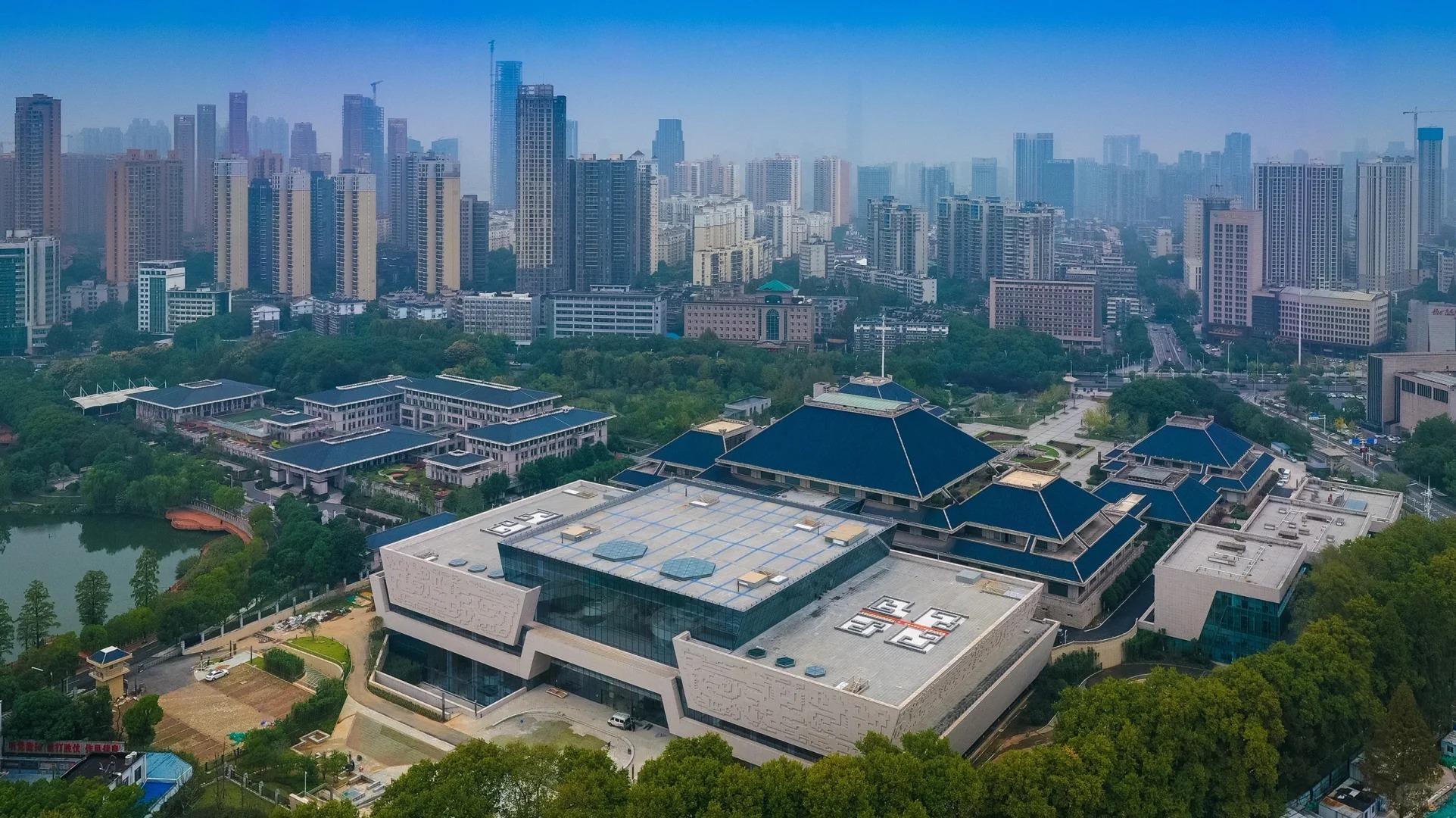
Architectural Features
The Hubei Provincial Museum complex covers an area of 81,000 square meters, with a building area of 49,611 square meters. Its architecture combines modern design with traditional Chinese elements:
- The main building features a grand facade with elements inspired by ancient Chinese architecture
- The interior is spacious and well-lit, designed to showcase the artifacts effectively
- The museum complex includes exhibition halls, a research center, and a conservation laboratory
- A specially designed hall houses the Bianzhong of Marquis Yi of Zeng, with excellent acoustics for performances
- The surrounding landscape incorporates traditional Chinese garden elements
Cultural Importance
Hubei Provincial Museum plays a crucial role in preserving and showcasing the cultural heritage of central China:
- It houses over 200,000 artifacts, with many being national treasures
- The museum is a key center for archaeological research and cultural relic protection in China
- Its collections provide invaluable insights into the history of the Chu State and other ancient Chinese civilizations
- The Bianzhong of Marquis Yi of Zeng is considered one of the most important archaeological discoveries of the 20th century
- The museum’s exhibits contribute significantly to the study of ancient Chinese music, art, and technology
Surrounding Attractions
While the museum itself is the main attraction, visitors can also explore nearby points of interest:
- East Lake Scenic Area: A large freshwater lake park, perfect for relaxation after museum visits
- Wuhan University: Known for its beautiful cherry blossoms in spring
- Yellow Crane Tower: An iconic landmark of Wuhan, about 5 km away
- Hubei Art Museum: For those interested in more art-focused exhibitions
- Baotong Temple: An ancient Buddhist temple, about 3 km from the museum
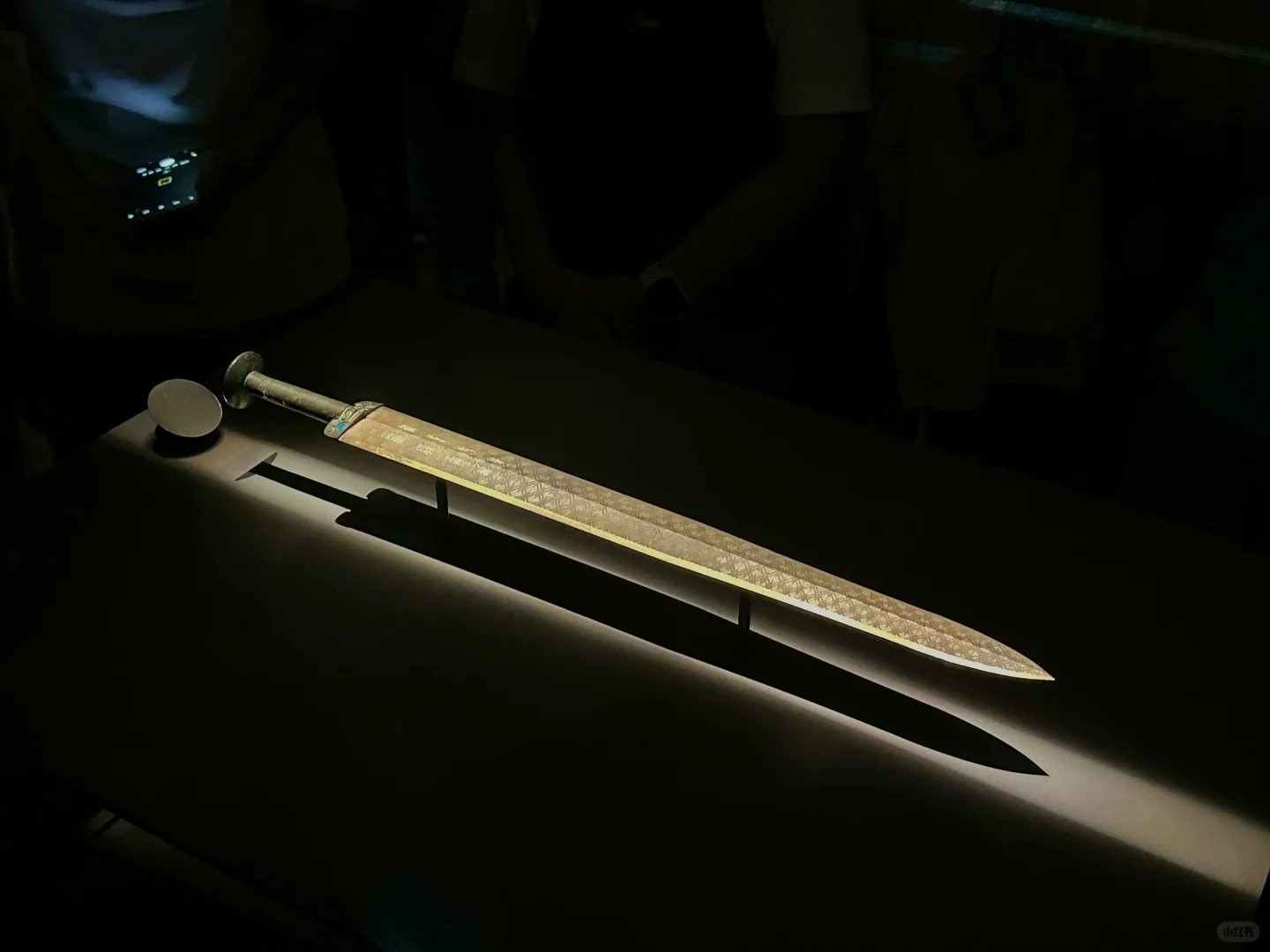
Photography Opportunities
While photography is restricted in some areas to protect the artifacts, there are still many photo opportunities:
- The museum’s impressive exterior and surrounding gardens
- Select exhibitions where photography is permitted (always check with staff first)
- The grand entrance hall and its architectural features
- Replica artifacts and interactive displays
- Special exhibitions and events (subject to museum policies)
Modern Importance
Today, Hubei Provincial Museum continues to be a vital institution:
- It serves as a major educational resource for schools and universities
- The museum actively engages in international exchanges and exhibitions
- It contributes to ongoing archaeological research and conservation efforts
- The museum uses modern technology to enhance visitor experience, including virtual reality displays
- It plays a significant role in promoting cultural tourism in Wuhan and Hubei Province
- The museum regularly hosts special exhibitions, lectures, and cultural events
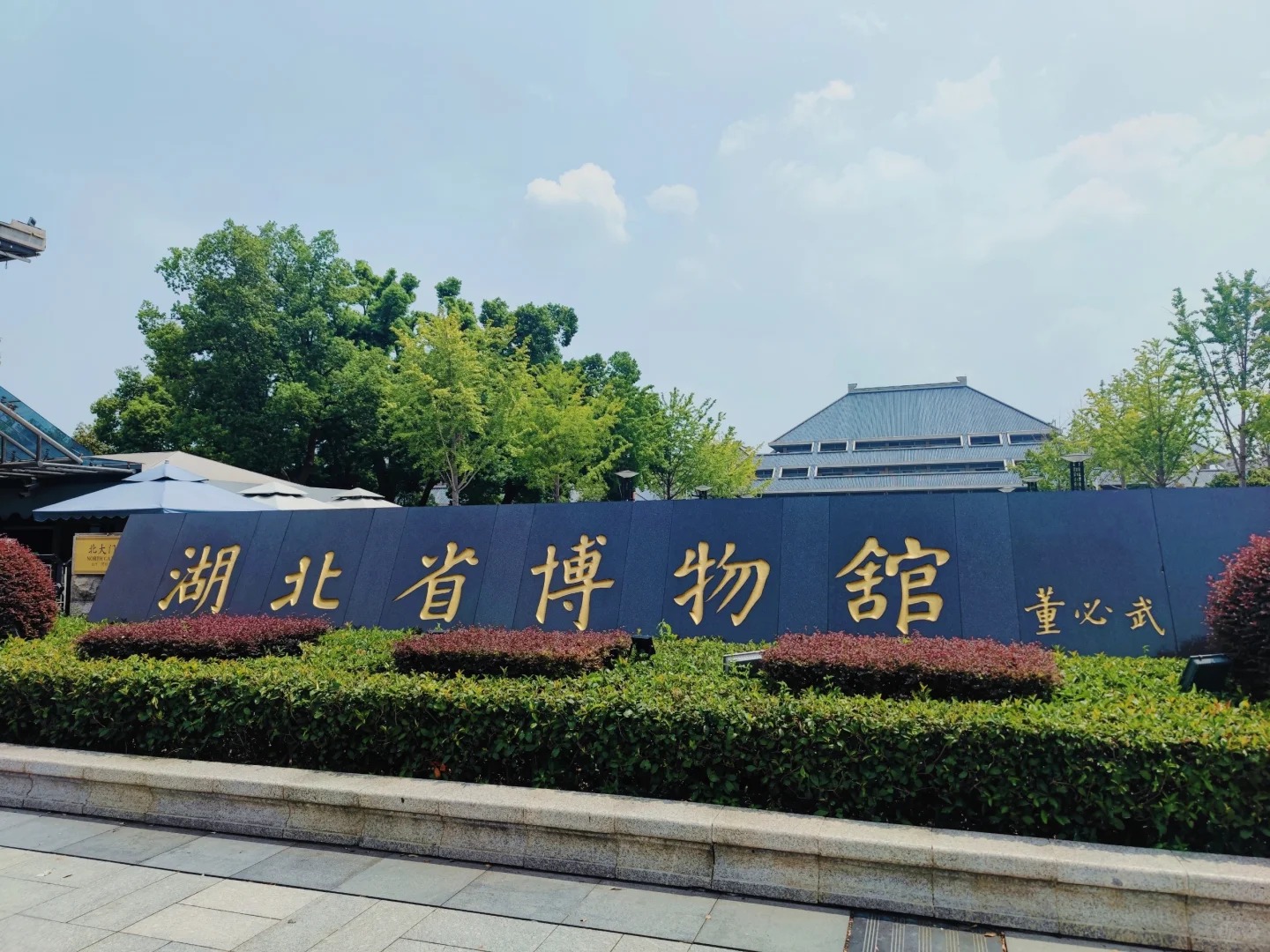
FAQ
- What is Hubei Provincial Museum famous for?
Hubei Provincial Museum is famous for its extensive collection of artifacts from the Chu State, particularly the Bianzhong (Bronze Bells) of Marquis Yi of Zeng, and its comprehensive showcase of central Chinese civilization. - What’s inside Hubei Provincial Museum?
Inside Hubei Provincial Museum, visitors can explore various exhibitions featuring ancient bronzes, ceramics, jade artifacts, paintings, and calligraphy. The highlight is the Bianzhong of Marquis Yi of Zeng, along with other Chu State relics. - Is Hubei Provincial Museum free?
Yes, Hubei Provincial Museum offers free admission. However, visitors need to make a reservation in advance. - Is Hubei Provincial Museum worth visiting?
Yes, Hubei Provincial Museum is definitely worth visiting for its world-class collection of Chinese artifacts, especially if you’re interested in ancient Chinese history, art, and music. - What to do in Hubei Provincial Museum?
In Hubei Provincial Museum, you can explore the various exhibitions, attend a Bianzhong performance if available, participate in interactive displays, join guided tours, and visit the museum shop for souvenirs. - How do I get to Hubei Provincial Museum in Wuhan?
In Wuhan, you can reach Hubei Provincial Museum by taking Metro Line 2 to Donghu Road Station (Exit C), or by bus routes 401, 402, 413, 605, or 702 to the Provincial Museum stop. Taxis are also available; just tell the driver “Húběi Shěng Bówùguǎn”. - How to visit Hubei Provincial Museum?
To visit Hubei Provincial Museum, make a reservation in advance through their official website or WeChat account. Visit during opening hours (9:00 AM – 5:00 PM, closed on Mondays). Allow at least 2-3 hours for your visit, and consider joining a guided tour for a more in-depth experience.


